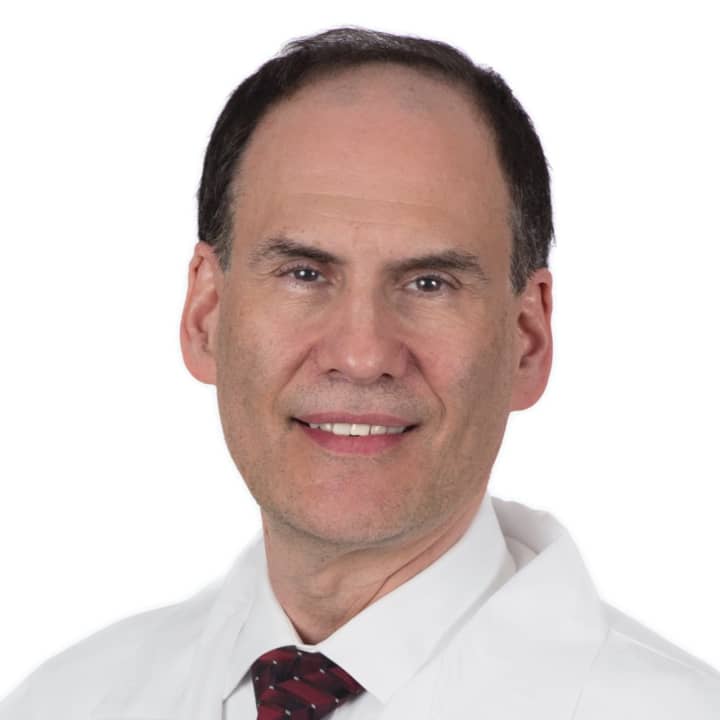“Many people assume they will become very disabled," said London, chief of the section of neurology at Nyack Hospital. "However, the disease progresses differently for each person, and in many cases, evolves slowly and has an effective treatment option."
Its cause unknown, Parkinson’s disease is a chronic and progressive movement disorder. More common in men over the age of 60, the most common sign of Parkinson’s is a tremor in the hands when at rest. Other symptoms include slowness of movement, rigidity or stiffness of the limbs and trunk and impaired balance and coordination. “A person becomes more stooped and their handwriting becomes smaller,” London said.
There is no blood test or imaging scan that can diagnose Parkinson’s, rather a doctor bases the diagnosis on a person’s symptoms and a neurological exam. “The changes that take place in the brain are microscopic, so we don’t have any way of directly picking it up on a scan,” said London.
While there is no cure for Parkinson’s, there are a variety of medications that can provide relief from symptoms. Additionally, people with the disease are recommended to engage in light exercise as much as possible to stay mobile and more flexible. “Tai chi seems to be a particularly good form of exercise for Parkinson’s because of the type of motion,” said London. “It promotes flexibility and balance.”
Physical therapy can also be helpful for a person with Parkinson’s. “As the disease progresses, a person may have difficulty with walking and balance, and falls can become a problem,” he said. “Physical therapy can help address these problems.”
For more information on the disease, visit The Parkinson’s Disease Foundation, the Michael J. Fox Foundation and the National Institute of Neurological Disorders and Stroke.


